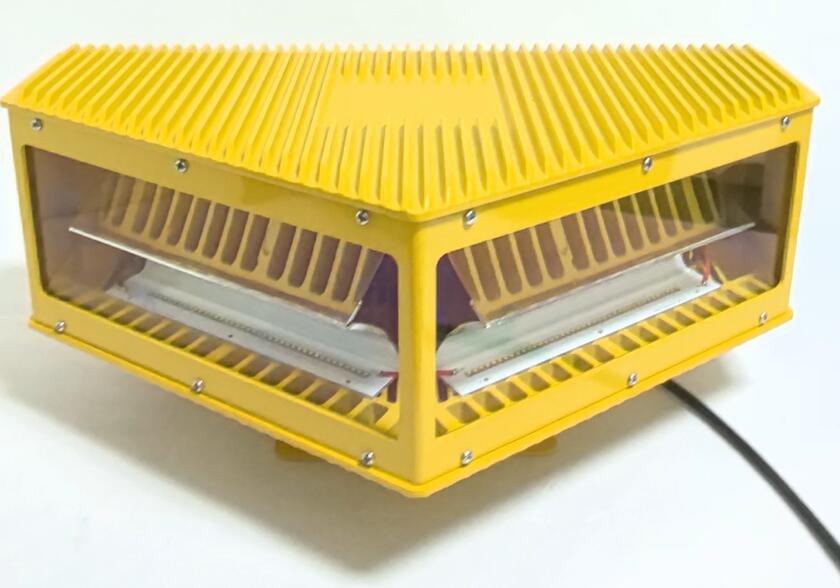Aviation Lights on Buildings: Ensuring Safety in Urban Skylines
The modern urban landscape is dominated by towering skyscrapers, each competing for height and architectural distinction. However, beyond aesthetics, these structures must also prioritize safety—particularly for aircraft navigating densely populated areas. Aviation lights on buildings play a crucial role in preventing collisions, guiding pilots, and maintaining safe airspace. This article explores the purpose, regulations, and technological advancements of these essential safety features.
The Purpose of Aviation Lights on Buildings
Aviation lights, also known as obstruction lights , serve as visual markers for pilots, especially during low visibility conditions such as fog, rain, or nighttime. Their primary functions include:
Collision Avoidance – Tall structures pose a significant risk to low-flying aircraft, including helicopters and small planes. Aviation lights alert pilots to potential obstacles.

Air Traffic Guidance – In congested airspace, these lights help pilots distinguish between buildings, communication towers, and other high-rise structures.
Regulatory Compliance – Governments and aviation authorities mandate the installation of such lights to ensure adherence to safety standards.
| Aviation Lights on Buildings |
Types of Aviation Lights on Buildings
Different types of lights are used depending on the structure’s height, location, and purpose:
Red Obstruction Lights – Typically used at night, these steady or flashing red lights are installed on structures exceeding 200 feet (61 meters).
Medium-Intensity White Strobe Lights – Often employed during both day and night, these bright, flashing lights are highly visible from a distance.
Dual Lighting Systems – Some buildings combine red lights for nighttime and white strobes for daytime to maximize visibility.
Low-Intensity Lights – Used on shorter structures (below 150 feet or 45 meters) where high-intensity lighting is unnecessary.
Regulations and Standards
The installation and maintenance of aviation lights are governed by strict regulations to ensure uniformity and effectiveness. Key regulatory bodies include:
| Aviation Lights on Building |
Federal Aviation Administration (FAA) – U.S.
International Civil Aviation Organization (ICAO) – Global
European Aviation Safety Agency (EASA) – Europe
These organizations specify light intensity, placement, and operational requirements. For example, the FAA mandates that structures taller than 200 feet must have aviation lights, with additional lighting tiers for every additional 100 feet.
Technological Advancements
With advancements in LED and smart lighting systems, aviation lights have become more energy-efficient and reliable. Some innovations include:
Solar-Powered Lights – Ideal for remote or off-grid structures, reducing dependency on electrical grids.
Automatic Monitoring Systems – Sensors detect light failures and alert maintenance teams instantly.
Adaptive Lighting – Some systems adjust brightness based on ambient light conditions, improving efficiency.
Challenges and Considerations
Despite their importance, aviation lights on buildings face certain challenges:
Light Pollution – Bright flashing lights can contribute to urban skyglow, affecting wildlife and human sleep patterns.
Aesthetic Concerns – Architects often struggle to integrate these lights seamlessly into building designs without compromising visual appeal.
Maintenance Issues – Regular inspections are necessary to ensure functionality, especially in harsh weather conditions.
Aviation lights on buildings are indispensable for urban safety, ensuring that skyscrapers and other tall structures do not become hazards for aircraft. As cities continue to grow vertically, advancements in lighting technology and stricter regulatory compliance will further enhance airspace safety. Balancing functionality with environmental and aesthetic considerations remains a key challenge, but the importance of these lights in preventing disasters cannot be overstated.
